1. Suburbia Meets the Wild
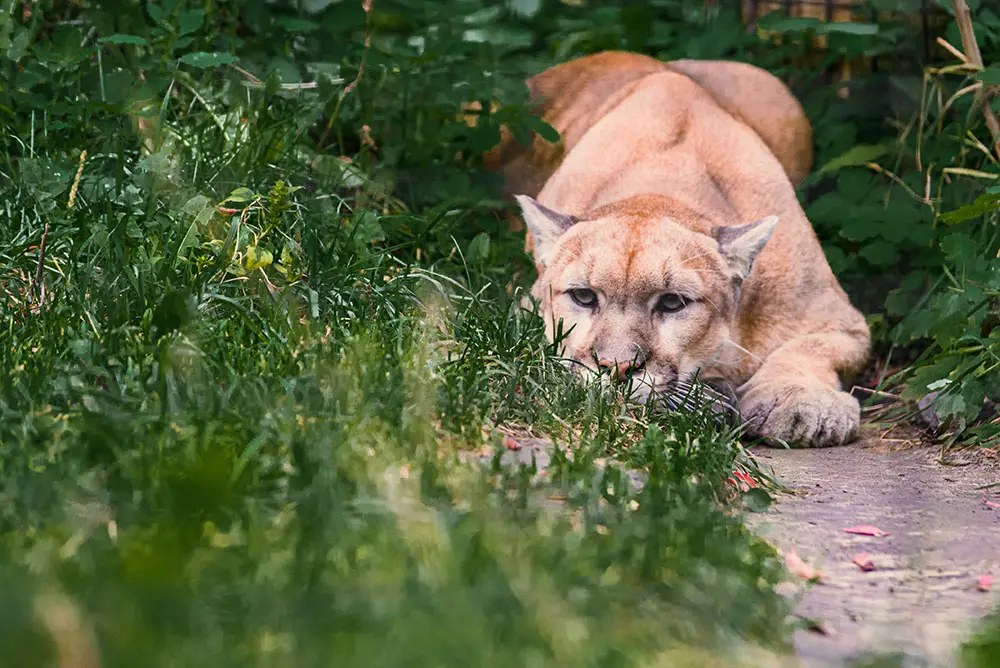
As urban sprawl pushes further into natural habitats, encounters with mountain lions are becoming more frequent. According to ABC News, homeowners are witnessing a blend of suburbia and the wild as these elusive predators adjust to the changing landscape. The overlap between human development and wildlife territories often leads to surprising encounters, creating a need for greater awareness among suburban residents. Mountain lions, known for their stealth and solitary behavior, are adapting in ways that allow them to thrive even in the presence of humans. Many neighborhoods built near forested areas or hills inadvertently offer corridors for these predators to move through. While some find these encounters thrilling, others view them as a threat to safety and property.
This ongoing intersection of human and mountain lion habitats represents a shift in how suburban America interacts with the natural world. Efforts to document and understand these interactions are helping both conservationists and residents develop strategies for coexistence. However, misunderstandings about mountain lion behavior often lead to fear and calls for intervention. Educating the public about their habits and the low likelihood of attacks is an important step. Suburban communities are learning to adapt, and many are embracing the idea of living in harmony with these majestic creatures.
2. Why Are Mountain Lions Expanding Their Range?
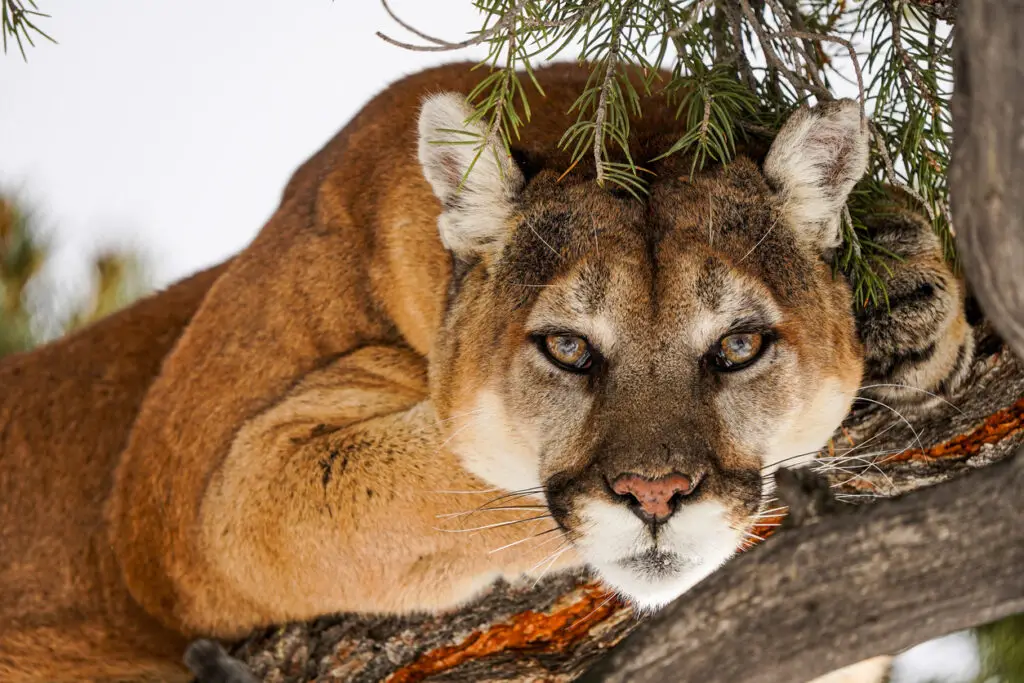
The loss of habitat and prey scarcity are driving mountain lions into suburban areas. At the same time, conservation efforts have helped stabilize their populations, making sightings more common. Urbanization has fragmented vast stretches of wilderness, pushing these large predators closer to human settlements, as discussed by Forward Pathway. As natural prey like deer become more abundant near suburbs due to reduced hunting and lush vegetation, mountain lions are drawn to these areas. This expansion of their range is not merely opportunistic; it’s a survival strategy in the face of shrinking wilderness. Climate change also plays a role, altering the ecosystems mountain lions traditionally relied on and forcing them to explore new territories.
While some regions have celebrated the rebound of mountain lion populations, others grapple with the challenges these animals bring. The growing presence of mountain lions in suburban areas underscores the need for proactive measures to address human-wildlife conflict. Additionally, understanding the ecological importance of mountain lions can help shift public perception from fear to appreciation. These apex predators play a critical role in controlling deer populations and maintaining balance in their ecosystems. Their resilience and adaptability highlight the importance of preserving wildlife corridors and natural habitats.
3. Surprising Spots for Sightings

Mountain lions have been spotted in backyards, parks, and even city outskirts. Suburban areas with dense greenery and abundant deer populations often attract these apex predators. Sightings in unexpected places, such as schoolyards or golf courses, as discussed by Golfweek, reveal just how closely these animals are living alongside humans. Their ability to remain elusive makes it easy to overlook their presence, even in heavily populated areas. Residents often report spotting mountain lions during dawn or dusk, the times when these creatures are most active. Areas with hiking trails or undeveloped patches of land are particularly likely to host mountain lions. Even small green belts or drainage ditches can serve as pathways for their movement.
Wildlife cameras and social media have brought attention to the increasing frequency of these encounters, sparking both fascination and concern. While most mountain lions avoid humans, their proximity raises questions about how to safely share these spaces. Communities are becoming more vigilant, with some installing signs to warn about possible sightings. The presence of these animals serves as a reminder of nature’s resilience and the need to tread carefully in shared environments. Understanding the factors that draw mountain lions to certain spots can help mitigate risks and foster coexistence.
4. Safety Measures for Residents
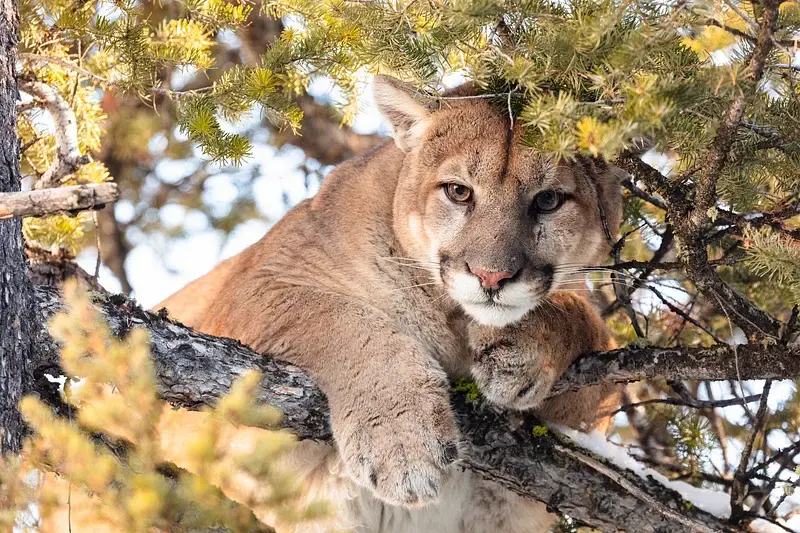
According to the City of Ketchum Idaho, residents are installing motion-activated lights, securing garbage bins, and keeping pets indoors at night to coexist safely. Awareness campaigns emphasize keeping a safe distance and avoiding feeding wildlife. Simple measures like trimming vegetation around homes can reduce hiding spots for mountain lions. Fencing designed to deter large predators is also gaining popularity in areas with frequent sightings. Pet owners are encouraged to supervise their animals and avoid letting them roam freely, especially at night. Schools and community centers are holding safety workshops to educate families on what to do if they encounter a mountain lion. Installing alarms or noise-making devices can help deter these predators from approaching properties.
Residents are also learning to identify signs of mountain lion activity, such as tracks or scratched trees. These measures aim to reduce the likelihood of confrontations while ensuring both human and animal safety. Collaboration with local wildlife agencies is key to implementing effective safety protocols. By staying informed and prepared, communities can enjoy the benefits of living near nature without unnecessary risks. The goal is not just to protect residents but also to ensure that mountain lions are not needlessly harmed or displaced.
5. Technology to Track the Cats
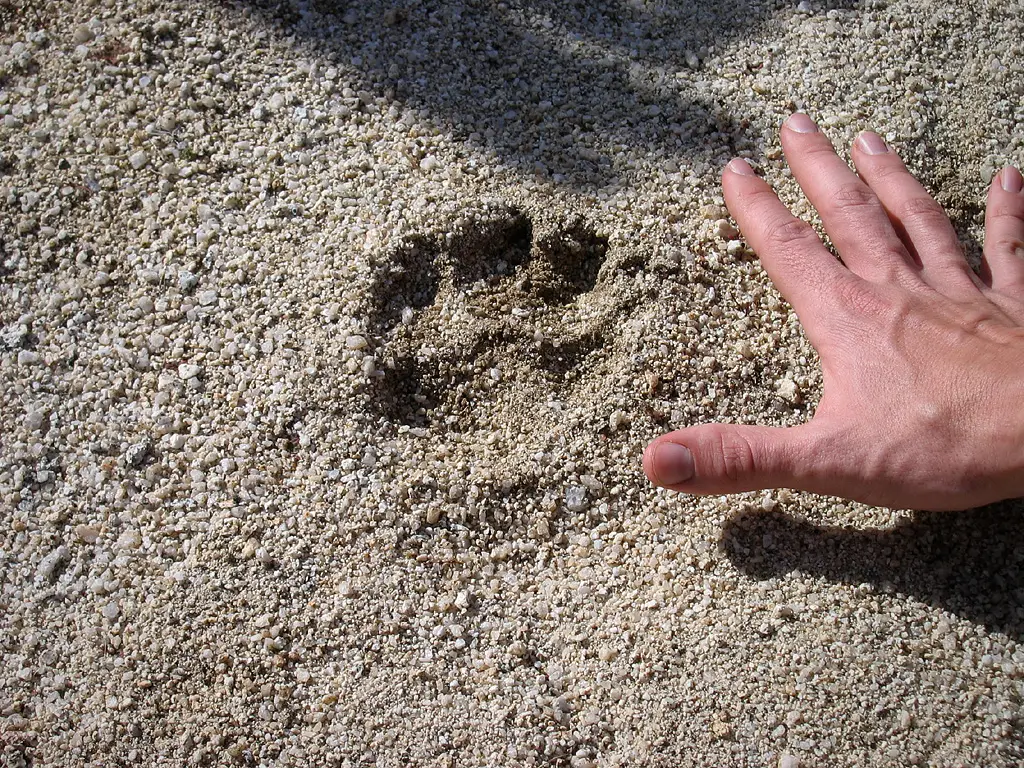
Advances in GPS collars and wildlife cameras allow researchers to monitor mountain lion movements. These tools provide crucial data on their behavior and how they navigate suburban environments. By tracking their routes, scientists can identify key corridors and hotspots where human-wildlife conflicts are likely to occur. According to the National Park Service, GPS technology has revealed fascinating insights into the distances mountain lions travel and the challenges they face. For example, some individuals cross highways or urban areas to find new territories, showcasing their remarkable adaptability. Wildlife cameras placed in strategic locations capture not only mountain lions but also the prey and other animals they interact with. These recordings have become valuable educational tools, helping the public understand the secretive lives of these predators.
Data collected from tracking devices aids in creating conservation plans that balance human needs with wildlife protection. Some communities use this information to design safer spaces for both people and mountain lions, such as wildlife bridges over highways. Advances in technology also enable quicker responses to sightings, ensuring residents receive timely alerts. This combination of research and innovation highlights the potential for coexistence through informed decision-making. Technology continues to play a pivotal role in bridging the gap between human development and wildlife conservation.
6. Educating the Public
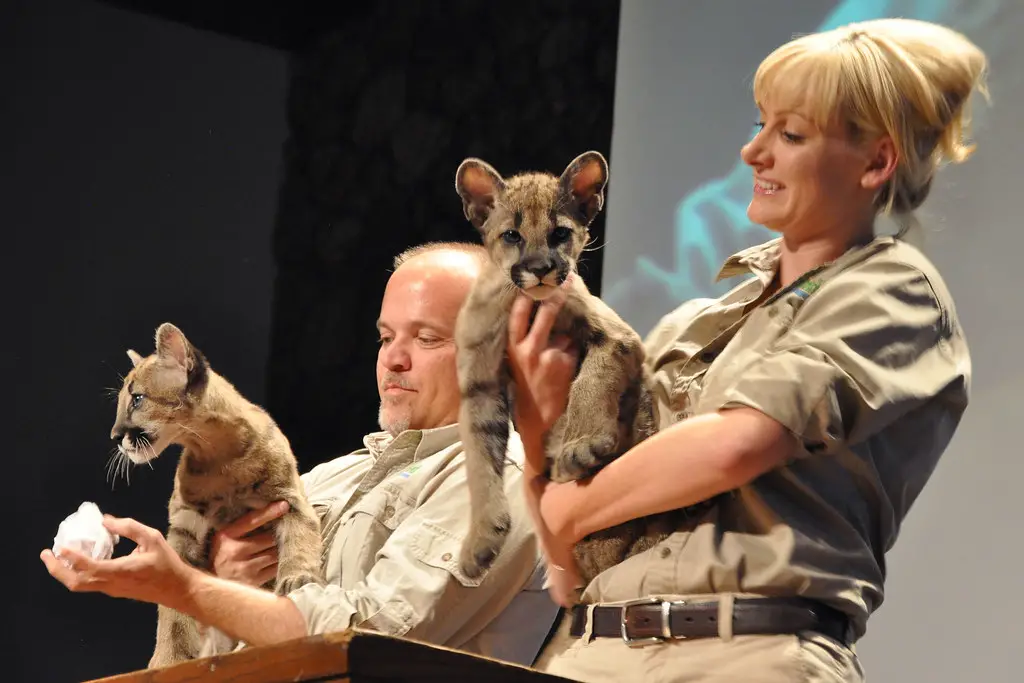
Organizations are hosting workshops and distributing guides to teach communities how to coexist with mountain lions. Topics include identifying signs of their presence and responding appropriately during an encounter. Education efforts often focus on dispelling myths about mountain lions, such as the idea that they actively hunt humans. Community programs emphasize the low risk these animals pose when proper precautions are taken. Schools and nature centers are integrating lessons on local wildlife into their curricula, fostering a culture of respect and understanding from a young age. Informational campaigns use various media, including social platforms, to reach a broad audience with tips on safety and coexistence. Hands-on activities, such as tracking workshops, allow participants to better appreciate the skills and behaviors of mountain lions.
Collaboration with local governments ensures that public education aligns with broader conservation goals. By raising awareness, these initiatives aim to reduce fear and promote proactive steps for living alongside wildlife. Testimonials from residents who have successfully adapted to mountain lion presence often serve as inspiration for others. Effective education not only protects people and pets but also helps ensure that mountain lions remain an integral part of the ecosystem. Long-term success depends on fostering a sense of shared responsibility for preserving the balance between human communities and wildlife habitats.
7. The Role of Local Governments
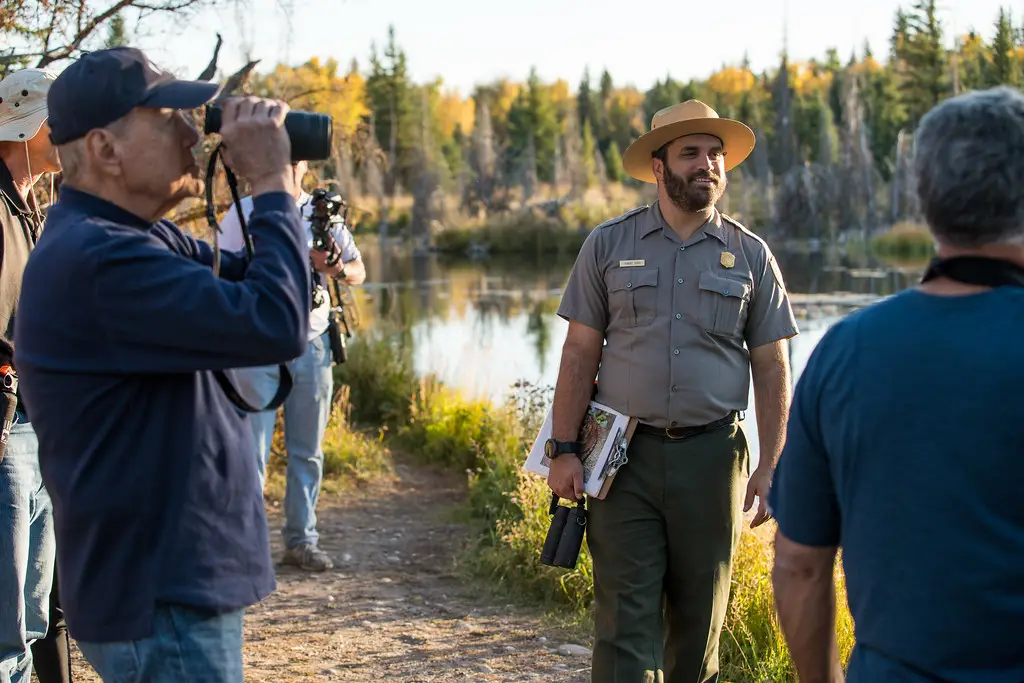
Local authorities are updating policies to balance public safety with wildlife conservation. Measures include controlled culling, protected corridors, and restrictions on new developments in critical habitats. Governments play a crucial role in mediating the interests of various stakeholders, from conservationists to concerned residents. Funding for wildlife management programs has increased in many regions, reflecting the growing importance of coexistence strategies. Some municipalities are creating task forces to address the unique challenges posed by mountain lions in suburban settings. Policies that encourage the preservation of green spaces and natural corridors are gaining traction. Governments are also investing in public education campaigns to foster awareness and understanding among residents.
Law enforcement and wildlife agencies are collaborating to respond more effectively to sightings and incidents. Community involvement in policy-making ensures that local voices are heard and that measures are tailored to specific needs. Innovative approaches, such as wildlife bridges and underpasses, are being implemented to reduce roadkill and habitat fragmentation. Balancing economic development with environmental protection remains a challenge, but proactive governance is making progress. By adopting forward-thinking policies, local governments can create environments where humans and mountain lions coexist peacefully. These efforts underscore the importance of long-term planning in addressing the complexities of human-wildlife interaction.
8. The Debate Over Coexistence vs. Control
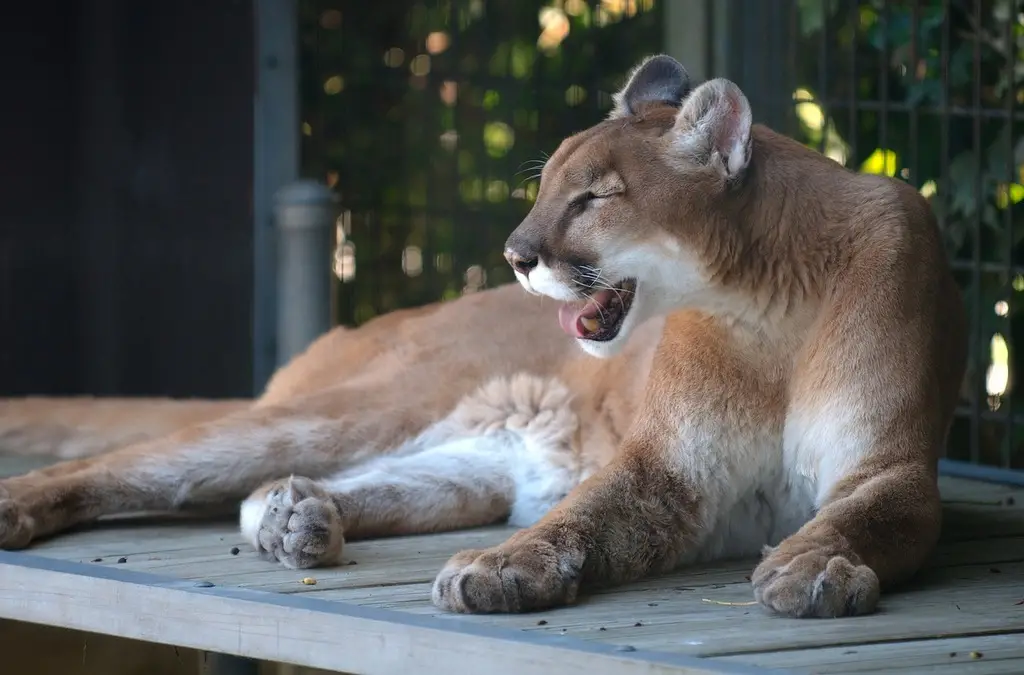
As encounters rise, so does the debate over whether to prioritize coexistence or implement stricter controls. Conservationists advocate for coexistence, while others push for measures to reduce mountain lion numbers. This debate often highlights the tension between ecological preservation and immediate safety concerns. Proponents of coexistence argue that education and habitat preservation are key to minimizing conflicts. On the other hand, those favoring stricter controls point to incidents of livestock loss or rare attacks on humans as justification for intervention. Studies show that coexistence strategies, such as securing attractants and protecting natural corridors, can significantly reduce conflicts.
However, fear and misinformation often fuel calls for lethal control measures, which may disrupt ecosystems. Public opinion on this issue varies widely, influenced by cultural attitudes and personal experiences with wildlife. Some communities have successfully implemented coexistence models, serving as examples for others grappling with this dilemma. Policymakers face the challenge of addressing these concerns while maintaining a balance between conservation and public safety. The debate underscores the need for ongoing dialogue and evidence-based approaches to wildlife management. Finding common ground is essential for fostering a sustainable relationship with mountain lions and other predators.
9. Personal Stories of Encounters
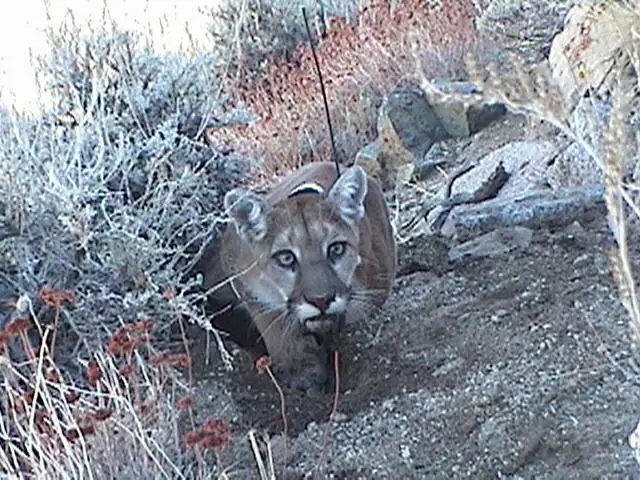
Residents share their experiences of spotting mountain lions, from awe-inspiring moments to close calls. These stories highlight the challenges and beauty of sharing space with wildlife. One resident recounted seeing a mountain lion calmly walking along a trail, describing the experience as both thrilling and humbling. Another shared a more nerve-wracking encounter, where a mountain lion appeared near their home while they were outside with their dog. Such incidents often serve as wake-up calls, prompting individuals to take precautions and learn more about these animals. Personal accounts can be powerful tools for raising awareness, as they resonate more deeply than abstract statistics.
These stories also reveal the adaptability of mountain lions and their ability to coexist with humans when given the chance. Social media platforms have become popular spaces for sharing such encounters, sparking both awe and heated discussions. Many residents express a newfound respect for nature after these experiences, while others advocate for stricter measures to prevent future incidents. The diversity of these stories reflects the complexity of living near wildlife and the range of emotions it evokes. By sharing their experiences, residents contribute to a broader understanding of what it means to coexist with mountain lions. These narratives underscore the importance of empathy, preparedness, and respect in navigating human-wildlife relationships.
10. A Glimpse into the Future
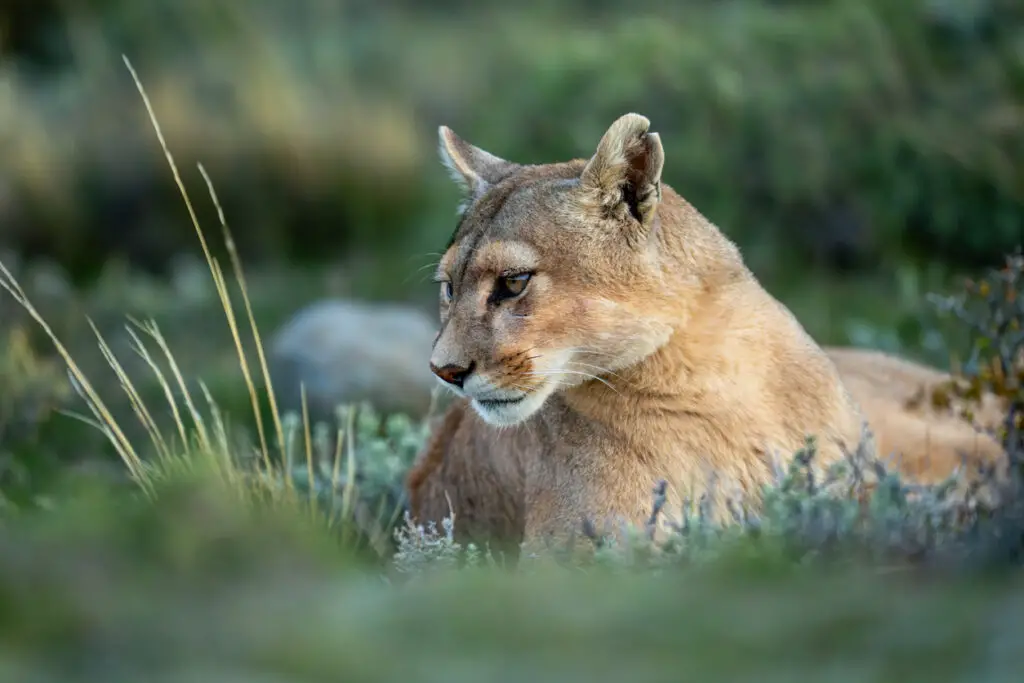
As suburban America continues to grow, mountain lions will likely adapt further. The challenge lies in creating communities that respect and protect wildlife while ensuring human safety. Urban planning that incorporates wildlife corridors and preserves natural habitats will play a crucial role. Advances in technology and education will likely make coexistence more achievable in the coming years. However, the increasing overlap between human and wildlife territories raises ethical questions about development and conservation. Communities that embrace coexistence models may serve as blueprints for others facing similar challenges. The role of local governments and conservation organizations will be pivotal in shaping this future.
Public attitudes towards wildlife will also influence the direction of policies and practices. Striking a balance between growth and ecological preservation requires long-term commitment and innovative thinking. The resilience of mountain lions offers hope that coexistence is possible, but it also demands responsibility and effort from human communities. As we look ahead, the opportunity to build harmonious relationships with wildlife represents both a challenge and a promise. Ensuring the survival of these majestic creatures in a rapidly changing world is a testament to the power of collaboration and coexistence.


